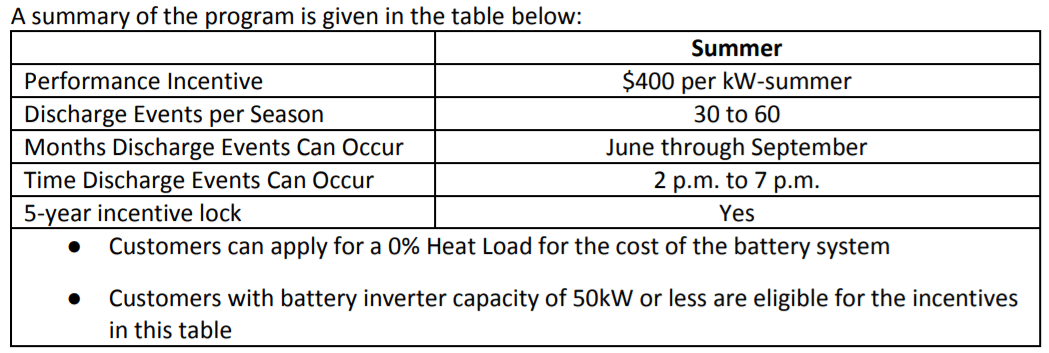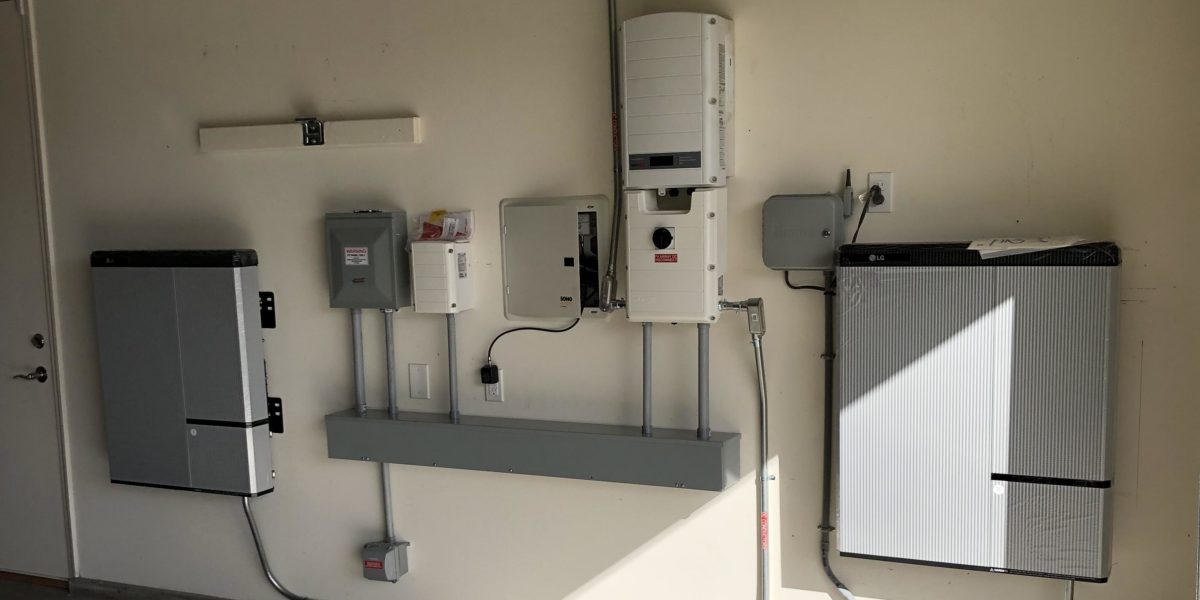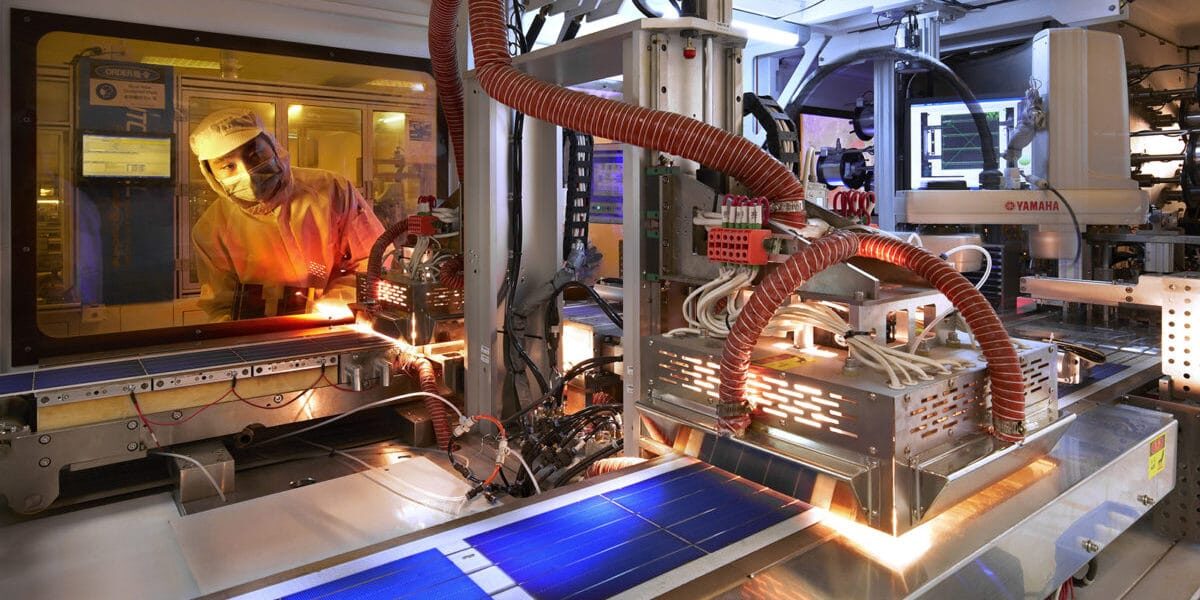The grid’s edge is taking a growing share of the revenue, and for good technical reason. California’s home mandate will accelerate this as solar power pricing plummets when integrated at time of construction. As our ability to manage our grid with home based solar+storage hardware increases, even larger grid benefits will come into view. And, even this morning, we’re seeing it happen in bigger ways.
National Grid has extended the application period for it ConnectedSolutions program in Rhode Island (pdf technical description) and Massachusetts (pdf technical description) to August 1. The program will pay home owners who install residential energy storage and give the electricity utility access to that hardware to make use of during high power grid demand moments.

In Rhode Island, National Grid arm (above image) will pay for summer and winter grid events, whereas in Massachusetts (below image) the utility will pay only during the summer. The program will limit any specific system to 75 individual events during the year, with the contract for this program lasting five years.
The Massachusetts program application is here (pdf) and the Rhode Island application here.

On SolarEdge’s Massachusetts ConnectedSolutions page, the company worked out the total revenue – per year – that could be gained if your system were to be used the maximum number of times the program.
A SolarEdge 7.6KW + Single LG Chem RESU-10H operating under ideal conditions, during all events in both summer and winter over the five-year performance period may earn up to $2,940 for summer events, and $650 for winter events, A possible total of $3590.
A SolarEdge 7.6KW + Two LG Chem RESU-10H performing optimally during all events in both summer and winter may earn up to $5625 for summer events and $1250 for winter events. A possible total of $6875.
With the full installation of one of these units probably adding $8,000 to a solar power installation, before 30% tax credit, it is clear that being part of this program for five years could – on its own – cover the cost of a home battery. However, while some of the graphs wording might suggest there is a minimum number of payouts a homeowner would receive, pv magazine USA’s reading of the documentation this morning couldn’t confirm that, and we’ve send out an email to the appropriate parties to get further clarity.
The program is available to anyone with an energy storage system from Pika Energy, Sunrun, Tesla, and soon sonnen.
This content is protected by copyright and may not be reused. If you want to cooperate with us and would like to reuse some of our content, please contact: editors@pv-magazine.com.








Shouldn’t we just wait for V2G? I have a Chademo capable car with 41kW battery. Theyre doing V2H/G overseas now.
Odd that this is per kW and not kWh. Only interested in peak power?
Is this paid per year or per episode?
Mark, when one installs solar PV on their roofs, it is the peak solar insolence during the day that will create the kWh of energy. IF energy storage is used, one can then store the over generation throughout the day and use the energy at night after the sun goes down. The utilities have conveniently made the kWh the unit of billing. The actual solar PV or wind generation system determines when electricity will be made. Energy storage for time shift usage of over generation during the day at night and supplementation of wind generation at night will determine your personal power usage over the 24 hour period. The cost of the technology of solar PV has dropped from about $45 a watt 30 years ago, to around $5.50 a watt 15 years ago to around $0.85 a watt today. Tomorrow, without tariffs and more efficient solar PV technology available, it is conceivable that we could see $0.25 a watt retail. With many home or business owners, it’s not the size of their roofs that determine the size of their system. They have enough real-estate to install 50% to 100% more solar PV than they need each day. With energy storage coming down in price also, building one’s system to handle the average daily requirements of the home or business can be readily achieved. The IOU can be used for off peak charging and power backup, in case something happens to the solar PV system.